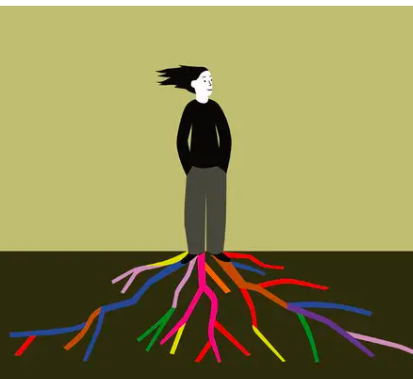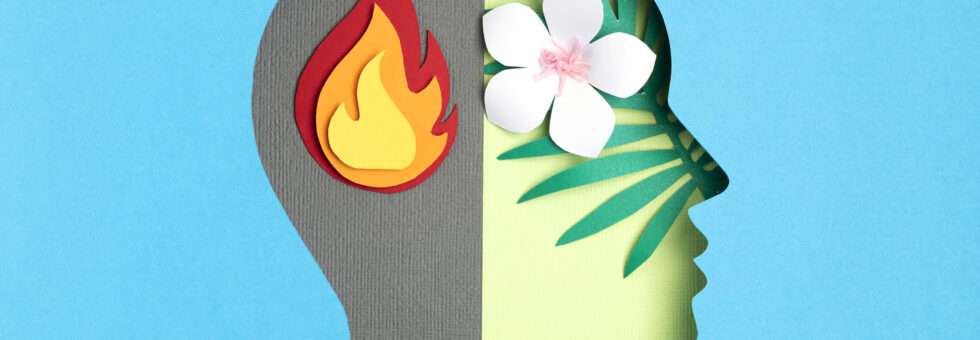Teenagers
Clinical Research & Application
 Teenagers (Te)Teenagers (Te)
Teenagers (Te)Teenagers (Te) Conceptual (C)Te-R-C
Conceptual (C)Te-R-C Children (CH)Research (R)
Children (CH)Research (R) Conceptual (C)CH-R-C
Conceptual (C)CH-R-C Theoretical (T)CH-R-T
Theoretical (T)CH-R-T Clinical (CI)CH-R-CI
Clinical (CI)CH-R-CI Practice (P)CH-R-P
Practice (P)CH-R-P
C- Conceptual |T- Theoretical | CI- Clinical | P- Practice
 Theoretical (T)Te-R-T
Theoretical (T)Te-R-T Adult (A)Research (R)
Adult (A)Research (R) Conceptual (C)A-R-C
Conceptual (C)A-R-C Theoretical (T)A-R-T
Theoretical (T)A-R-T Clinical (CI)A-R-CI
Clinical (CI)A-R-CI Practice (P)A-R-P
Practice (P)A-R-P
C- Conceptual |T- Theoretical | CI- Clinical | P- Practice
 Practice (P)Te-R-P
Practice (P)Te-R-P Families (F)Research (R)
Families (F)Research (R) Conceptual (C)F-R-C
Conceptual (C)F-R-C Theoretical (T)F-R-T
Theoretical (T)F-R-T Clinical (CI)F-R-CI
Clinical (CI)F-R-CI Practice (P)F-R-P
Practice (P)F-R-P
C- Conceptual |T- Theoretical | CI- Clinical | P- Practice
Teenagers (Te-R)
Clinical Research & Application
At the start of the 20th century, G Stanley Hall laid the foundations for the study of adolescence by introducing the concept into the field of psychology, defining the outset of exploration into this distinctive developmental stage. During the following decades, influential figures like Erik Erikson, Jean Piaget and Peter Blos joined the narrative, expanding our understanding of this crucial phase. Fast forward to the end of the century, and the spotlight shifts to cultural and gender differences in adolescent psychology, with Richard Lerner leading the charge through the Youth Development Movement. This movement emphasised the importance of providing young people with social, cognitive, and emotional skills needed to navigate adolescence. Today, contemporary research delves into the biological and neurological aspects of adolescent mental health.
Globally, one in seven adolescents have a mental health disorder, with America reporting one of the highest percentages of youth mental health difficulties [World Health Organisation, 2023]. The most common mental health disorder in teenagers is anxiety. Adolescence is also a sensitive period for the onset of a range of neurological and neurodivergent disorders such as epilepsy, Attention Deficit Disorder, and Autism.
Given the typical age of onset of mental health disorders is between the ages of 12 and 25, adolescence emerges as a pivotal period for understanding their pathogenesis, diagnosis and treatment [American Psychiatric Association, 2023]. Traditionally, interventions addressing adolescent mental health leaned heavily on Cognitive Behavioural Therapy. However, resilience-based interventions have become popular in recent years, exhibiting promising results in addressing anxiety and depression in teenagers [Academy Health, 2018]. Concurrently, the ongoing maturation of the teenage brain shapes much of the current theoretical approaches and treatment models, placing emphasis on the adaptive features of neural circuits and their associated cognitive and behavioural processes [Uhlhaas et al., 2023].
“ ”
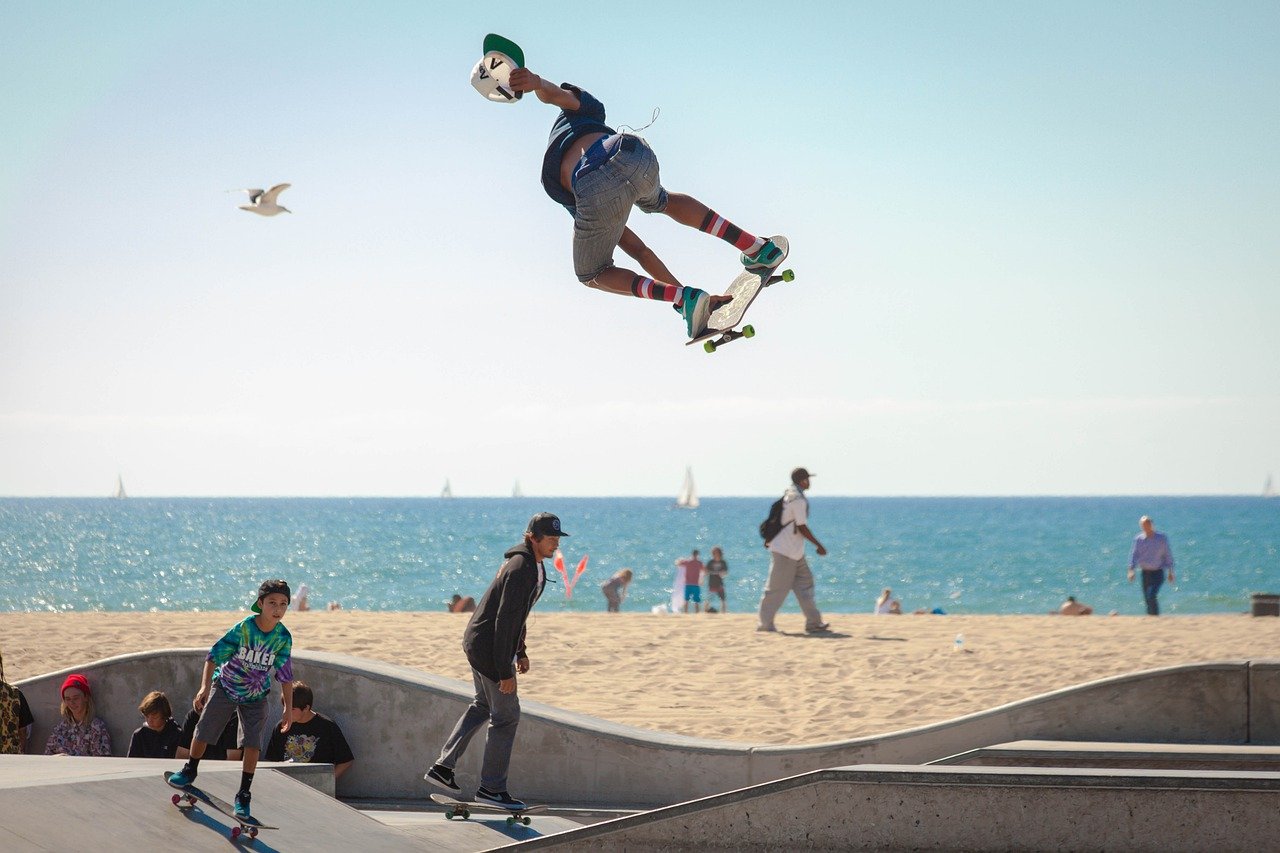

" "
Psychology Cares Approach
We believe the various complexities of human life should not be broken down into singular fragmentations of study as is so often done in the field of mental health. At Psychology Cares, we delve into the interconnectedness that gives rise to thoughts and emotions, propelling actions and motions. What sets us apart is our distinctive model of clinical research and application. We don't merely rely on conceptual and theoretical research to inform our clinical practice and guidelines; we also draw insights from our clinical experiences to forge new concepts, seamlessly integrating them with established theories. Drawing from a multi-discipline approach, our commitment lies in a dynamic and reciprocal relationship between research and practice, ensuring an ever evolving approach to improving psychological well-being for teenagers.
Our Research: Teenagers
Psychology Cares
Clinical Research & Application Model
(CH-R)
Related Category
Current...
No posts found
CRCI
Centre For Research & Clinical Innovation
Theoretical
Research
Research
Theoretical Research holds a
crucial role in ascribing significance to our concepts.
crucial role in ascribing significance to our concepts.

Clinical
Research
Research
Clinical Research involves the practical application of concepts and theories to address specific sets of problems.
Practice
Research
Research
Practice Research integrates concepts, theories, and clinical

Conceptual (C)
Research
Research
Conceptual Research forms the cornerstone of our approach.


Related Category
Current Ed.,
Child Development
June, 17, 2022
Facebook
Linkedin
Twitter
Instagram
Youtube
Whatsapp
Let...

Related Category
Current Ed.,
Child Development
June, 17, 2022
Facebook
Linkedin
Twitter
Instagram
Youtube
Whatsapp
Let...
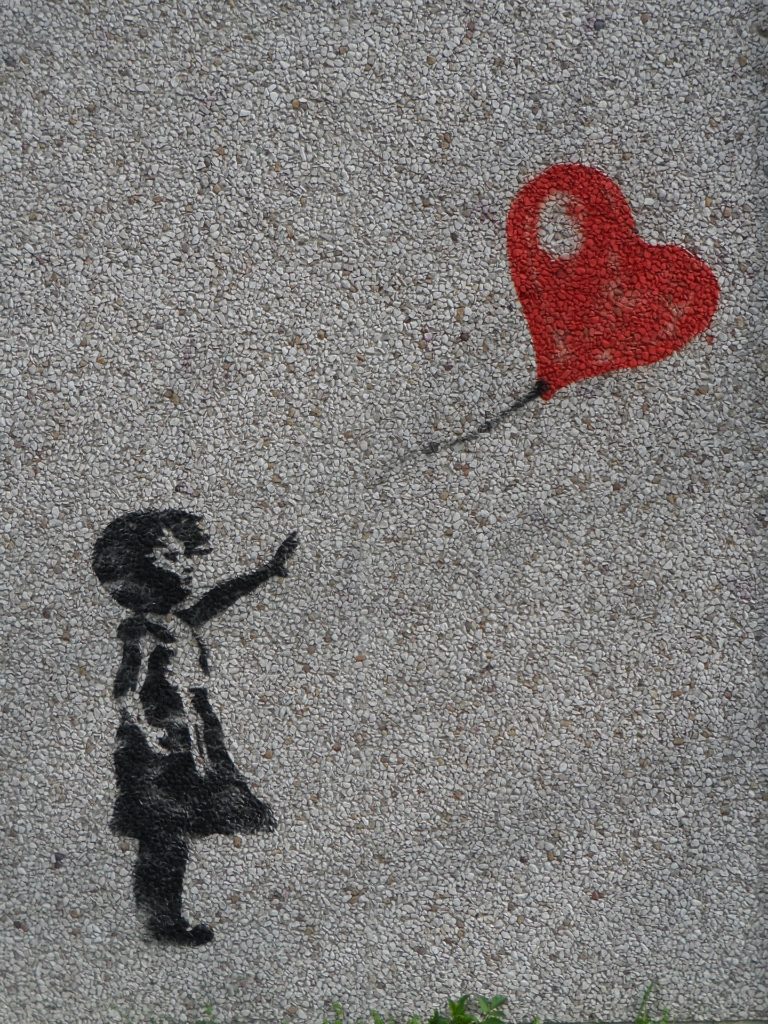
Related Category
Current Ed.,
Child Development
June, 17, 2022
Facebook
Linkedin
Twitter
Instagram
Youtube
Whatsapp
Let...
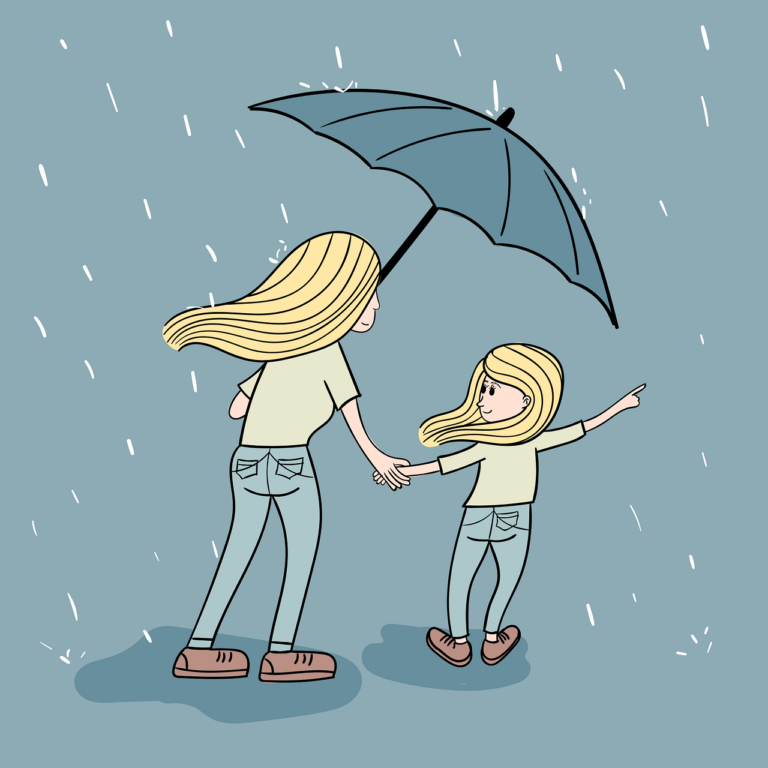
Related Category
Current Ed.,
Child Development
June, 17, 2022
Facebook
Linkedin
Twitter
Instagram
Youtube
Whatsapp
Let...
No posts found
Our Magazine
Explore more
Clinical Care
There is just enough space here for several lines of text. Make sure you get your message across clearly yet concisely.
Research & Application
There is just enough space here for several lines of text. Make sure you get your message across clearly yet concisely.
Learning & Sharing
There is just enough space here for several lines of text. Make sure you get your message across clearly yet concisely.
Videos & Resources
There is just enough space here for several lines of text. Make sure you get your message across clearly yet concisely.
 Lifespan Systematic ModelClinical Research & Application
Lifespan Systematic ModelClinical Research & Application Children
Children Children (CH)Research (R)
Children (CH)Research (R) Conceptual (C)CH-R-C
Conceptual (C)CH-R-C Theoretical (T)CH-R-T
Theoretical (T)CH-R-T Clinical (CI)CH-R-CI
Clinical (CI)CH-R-CI Practice (P)CH-R-P
Practice (P)CH-R-P
C- Conceptual |T- Theoretical | CI- Clinical | P- Practice
 Adults
Adults Adult (A)Research (R)
Adult (A)Research (R) Conceptual (C)A-R-C
Conceptual (C)A-R-C Theoretical (T)A-R-T
Theoretical (T)A-R-T Clinical (CI)A-R-CI
Clinical (CI)A-R-CI Practice (P)A-R-P
Practice (P)A-R-P
C- Conceptual |T- Theoretical | CI- Clinical | P- Practice
 Older Adults
Older Adults Older Adults (OA)Research (R)
Older Adults (OA)Research (R) Conceptual (C)OA-R-C
Conceptual (C)OA-R-C Theoretical (T)OA-R-T
Theoretical (T)OA-R-T Clinical (CI)OA-R-CI
Clinical (CI)OA-R-CI Practice (P)OA-R-P
Practice (P)OA-R-P
C- Conceptual |T- Theoretical | CI- Clinical | P- Practice
 Families
Families Families (F)Research (R)
Families (F)Research (R) Conceptual (C)F-R-C
Conceptual (C)F-R-C Theoretical (T)F-R-T
Theoretical (T)F-R-T Clinical (CI)F-R-CI
Clinical (CI)F-R-CI Practice (P)F-R-P
Practice (P)F-R-P
C- Conceptual |T- Theoretical | CI- Clinical | P- Practice
 Groups
Groups Groups (G)Research (R)
Groups (G)Research (R) Conceptual (C)G-R-C
Conceptual (C)G-R-C Theoretical (T)G-R-T
Theoretical (T)G-R-T Clinical (CI)G-R-CI
Clinical (CI)G-R-CI Practice (P)G-R-P
Practice (P)G-R-P
C- Conceptual |T- Theoretical | CI- Clinical | P- Practice
 System/Services
System/Services Systems/Services (SS)Research (R)
Systems/Services (SS)Research (R) Conceptual (C)SS-R-C
Conceptual (C)SS-R-C Theoretical (T)SS-R-T
Theoretical (T)SS-R-T Clinical (CI)SS-R-CI
Clinical (CI)SS-R-CI Practice (P)SS-R-P
Practice (P)SS-R-P
C- Conceptual |T- Theoretical | CI- Clinical | P- Practice
 Retreats
Retreats Retreats (RE)Research (R)
Retreats (RE)Research (R) Conceptual (C)RE-R-C
Conceptual (C)RE-R-C Theoretical (T)RE-R-P
Theoretical (T)RE-R-P Clinical (CI)RE-R-CI
Clinical (CI)RE-R-CI Practice (P)RE-R-P
Practice (P)RE-R-P
C- Conceptual |T- Theoretical | CI- Clinical | P- Practice
 e-Therapy
e-Therapy e-Therapy (eT)Research (R)
e-Therapy (eT)Research (R) Conceptual (C)eT-R-C
Conceptual (C)eT-R-C Theoretical (T)eT-R-T
Theoretical (T)eT-R-T Clinical (CI)eT-R-CI
Clinical (CI)eT-R-CI Practice (P)eT-R-P
Practice (P)eT-R-P
C- Conceptual |T- Theoretical | CI- Clinical | P- Practice
 AI-Health
AI-Health AI-Health (AI-H)Research (R)
AI-Health (AI-H)Research (R) Conceptual (C)AI-H-R-C
Conceptual (C)AI-H-R-C Theoretical (T)AI-H-R-T
Theoretical (T)AI-H-R-T Clinical (CI)AI-H-R-CI
Clinical (CI)AI-H-R-CI Practice (P)AI-H-R-P
Practice (P)AI-H-R-P
C- Conceptual |T- Theoretical | CI- Clinical | P- Practice
 Lifespan Systematic ModelClinical Research & Application
Lifespan Systematic ModelClinical Research & Application Children
Children Children (CH)Research (R)
Children (CH)Research (R) Conceptual (C)CH-R-C
Conceptual (C)CH-R-C Theoretical (T)CH-R-T
Theoretical (T)CH-R-T Clinical (CI)CH-R-CI
Clinical (CI)CH-R-CI Practice (P)CH-R-P
Practice (P)CH-R-P
C- Conceptual |T- Theoretical | CI- Clinical | P- Practice
 Adults
Adults Adult (A)Research (R)
Adult (A)Research (R) Conceptual (C)A-R-C
Conceptual (C)A-R-C Theoretical (T)A-R-T
Theoretical (T)A-R-T Clinical (CI)A-R-CI
Clinical (CI)A-R-CI Practice (P)A-R-P
Practice (P)A-R-P
C- Conceptual |T- Theoretical | CI- Clinical | P- Practice
 Older Adults
Older Adults Older Adults (OA)Research (R)
Older Adults (OA)Research (R) Conceptual (C)OA-R-C
Conceptual (C)OA-R-C Theoretical (T)OA-R-T
Theoretical (T)OA-R-T Clinical (CI)OA-R-CI
Clinical (CI)OA-R-CI Practice (P)OA-R-P
Practice (P)OA-R-P
C- Conceptual |T- Theoretical | CI- Clinical | P- Practice
 Families
Families Families (F)Research (R)
Families (F)Research (R) Conceptual (C)F-R-C
Conceptual (C)F-R-C Theoretical (T)F-R-T
Theoretical (T)F-R-T Clinical (CI)F-R-CI
Clinical (CI)F-R-CI Practice (P)F-R-P
Practice (P)F-R-P
C- Conceptual |T- Theoretical | CI- Clinical | P- Practice
 Groups
Groups Groups (G)Research (R)
Groups (G)Research (R) Conceptual (C)G-R-C
Conceptual (C)G-R-C Theoretical (T)G-R-T
Theoretical (T)G-R-T Clinical (CI)G-R-CI
Clinical (CI)G-R-CI Practice (P)G-R-P
Practice (P)G-R-P
C- Conceptual |T- Theoretical | CI- Clinical | P- Practice
 System/Services
System/Services Systems/Services (SS)Research (R)
Systems/Services (SS)Research (R) Conceptual (C)SS-R-C
Conceptual (C)SS-R-C Theoretical (T)SS-R-T
Theoretical (T)SS-R-T Clinical (CI)SS-R-CI
Clinical (CI)SS-R-CI Practice (P)SS-R-P
Practice (P)SS-R-P
C- Conceptual |T- Theoretical | CI- Clinical | P- Practice
 Retreats
Retreats Retreats (RE)Research (R)
Retreats (RE)Research (R) Conceptual (C)RE-R-C
Conceptual (C)RE-R-C Theoretical (T)RE-R-P
Theoretical (T)RE-R-P Clinical (CI)RE-R-CI
Clinical (CI)RE-R-CI Practice (P)RE-R-P
Practice (P)RE-R-P
C- Conceptual |T- Theoretical | CI- Clinical | P- Practice
 e-Therapy
e-Therapy e-Therapy (eT)Research (R)
e-Therapy (eT)Research (R) Conceptual (C)eT-R-C
Conceptual (C)eT-R-C Theoretical (T)eT-R-T
Theoretical (T)eT-R-T Clinical (CI)eT-R-CI
Clinical (CI)eT-R-CI Practice (P)eT-R-P
Practice (P)eT-R-P
C- Conceptual |T- Theoretical | CI- Clinical | P- Practice
 AI-Health
AI-Health AI-Health (AI-H)Research (R)
AI-Health (AI-H)Research (R) Conceptual (C)AI-H-R-C
Conceptual (C)AI-H-R-C Theoretical (T)AI-H-R-T
Theoretical (T)AI-H-R-T Clinical (CI)AI-H-R-CI
Clinical (CI)AI-H-R-CI Practice (P)AI-H-R-P
Practice (P)AI-H-R-P
C- Conceptual |T- Theoretical | CI- Clinical | P- Practice



